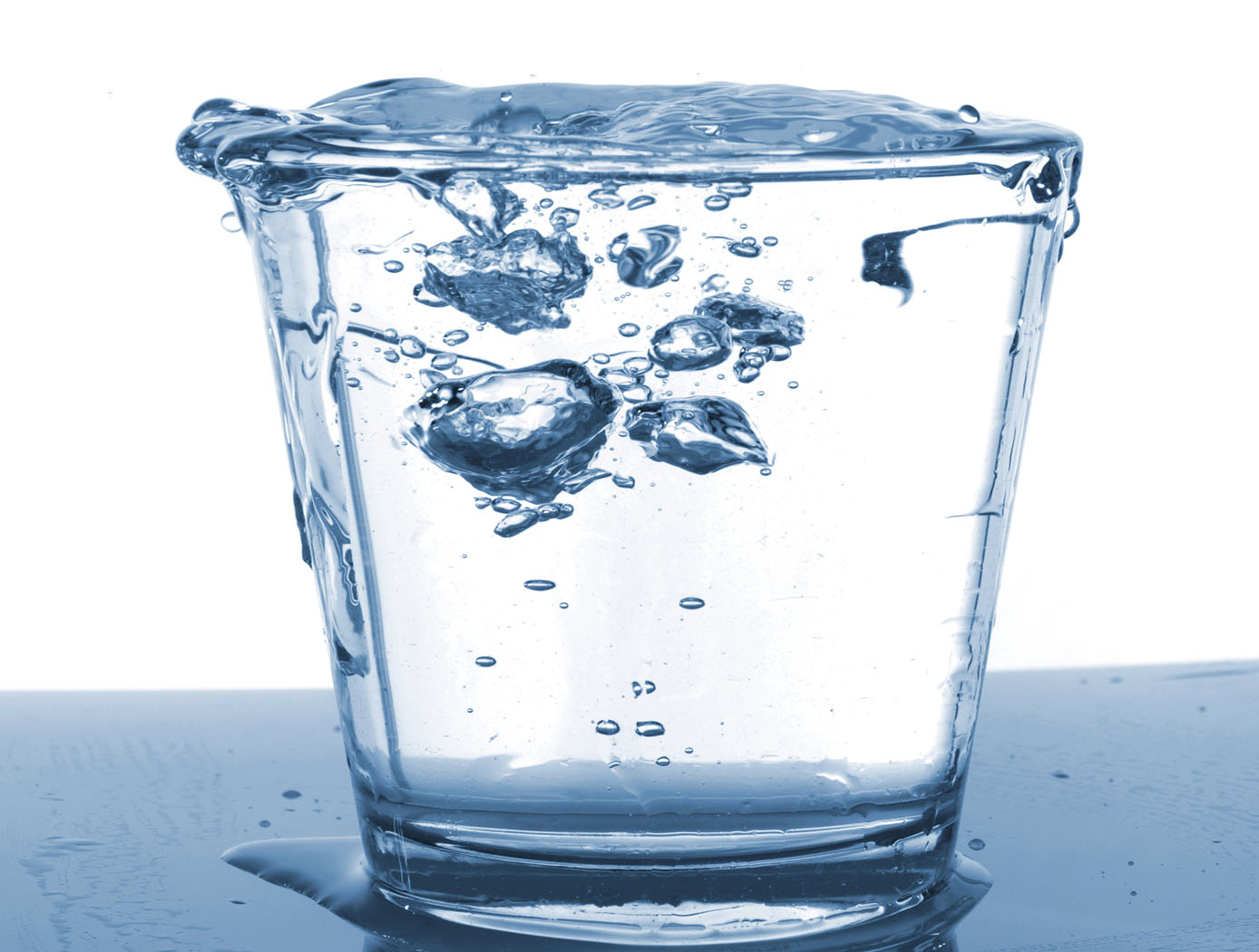Search
Mechanical and Fluid Systems

System and Method for Fluid Dynamic Mass Gauging
Fluid Dynamic Mass Gauging (FDMG) is a microgravity-compatible system that applies principles of fluid dynamics, the ideal gas law, and thermodynamics to determine the volume of an incompressible fluid within a tank by measuring the compressible volume in the same tank. In a simplified embodiment, the determination of the remaining volume of the fluid within a given storage tank can be calculated from a time measurement of a pressure change during a filling or venting process applied to the storage tank. The process may be automated and features low mass and volume requirements, enabling its use in any gravitational or inertial environment with minimal hardware modifications. The novel system can determine the volume of a non-condensing, incompressible fluid within a rigid tank of known or unknown volume without requiring the use of bulky equipment in microgravity locations with fixed or limited free space.
Environment

Pre-Treatment Solution for Water Recovery
The pre-treatment solution increases the solubility of calcium in urine brines by reducing the concentration of sulfates. When the solution is properly dosed, it enables biological, physical, and chemical stabilization of flushed urine for storage and distillation up to a steady 87% water recovery, as realized aboard the U.S. segment of the ISS, without precipitation of minerals such as gypsum.
Turning wastewater or seawater into potable water requires three important steps shared by the UPA and Water Recovery System (WRS) aboard the ISS: 1) pre-treatment, 2) distillation or membrane filtration, and 3) transport and storage of potable water and brine. Added during the first step, the pre-treatment solution improves the efficiency of the UPA by reducing the formation of solid precipitates caused by urinary calcium, sulfate ions, and sulfuric acid. This reduction in-turn creates less acidic brines which means more water can be recovered along with less surface scaling and clogging, further increasing recovery. As an added benefit, the solution contains a biocide that prevents the growth of bacteria and fungus, thereby increasing storage time of the treated urine.
Although the pre-treatment solution was developed for the ISS’s UPA , the technology can potentially be used on Earth to pretreat contaminated water from organic-laden, high-salinity wastewaters. Adding the solution is a simple process that can be scaled to fit demand. It has the potential to improve water recovery in many applications such as: desalination plants, brackish water treatment, mining water treatment, hydraulic fracturing operations, and more. The pre-treatment solution may also lend itself for use in the transport and storage of wastewater due to the solution's ability to prevent microbial growth.



